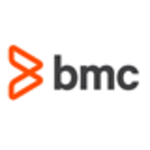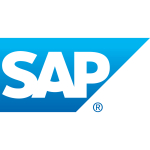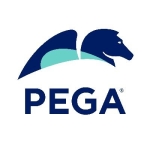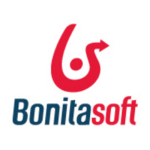What is our primary use case?
Process automation, electronic forms, and digital transformation in all versions of SharePoint, on-prem and in Office 365. As a consultant and developer, I have used Nintex everywhere, including the SharePoint-agnostic Nintex Workflow Cloud.
How has it helped my organization?
In some instances, workflows I’ve built for customers have transformed the business, saving significant time and costs compared to manual, legacy processes. In several instances the savings have been enough to provide the ROI for SharePoint and Nintex licensing, and project costs, within a business quarter.
A well-placed digital transformation solution can reduce turnaround for key processes, enabling businesses to compete with and beat out competition by streamlining their processes and enabling their workforce to get more done in less time.
What is most valuable?
As a workflow automation solution, being able to route, approve and manage content is one of the few areas in SharePoint where there is a true ROI. Provides the ability to automate SharePoint processes (building sites, lists, updating content).
You can also automate document and content processes, onboarding and offboarding, and general IT and HR solutions.
With an extensive list of integrations with LOB data, your workflows can extend far beyond SharePoint, driving adoption of SharePoint and saving people, departments, and companies significant time in their daily processes. These are huge value drivers for SharePoint and Nintex.
What needs improvement?
- Built-in reporting on-prem is limited and clunky at best.
- Integration can be fairly technical, and often business rules inhibit product capabilities or force a developer to consider alternate methods for integration.
- Hawkeye is emerging as a reporting solution, but as a V1 product it’s not very useful yet.
For how long have I used the solution?
More than five years.
What do I think about the stability of the solution?
Nintex is as stable as your SharePoint farm (on-prem), and in Office 365 workflows are robust. The application functions as expected and any issues with workflows or forms typically come down to design flaws rather than application issues. Nintex has been out and available since SharePoint 2007, so it’s a mature platform.
What do I think about the scalability of the solution?
Scalability is tough. Workflows in SharePoint have the lowest priority of any task, and, in on-prem, workflows execute against the Web front-end servers. If your WFEs are under spec or at spec, workflow load will impact performance, and you may need to up resources or consider adding WFEs to enable large-scale deployments.
In Office 365, the licensing model will be your limiting factor (subscription for the number of published workflows) so scalability is a non-issue.
How are customer service and technical support?
Nintex technical support is not great. On a scale of one to 10 they are a three. They are slow to respond, and you often have to wait for or ask for escalation. It’s important to note that they only support "break/fix" – they will not assist with design or development questions. However, the online community and documentation in most cases more than makes up for support.
Which solution did I use previously and why did I switch?
SharePoint Designer and Visual Studio are alternatives, as are K2 and a few newer players in the visual workflow and forms design arena. These tools tend to be far more technical to use, harder to support, and also have limitations not inherent to Nintex. While Nintex is an expensive solution, the value can be returned very quickly, with the quick development and go-live cycle, as compared to traditional or competitor tools. This is a key value for Nintex.
How was the initial setup?
Setup is simple and straightforward. There are a few prerequisites for installation, but the Nintex documentation for on-premise installation is solid and, if followed, the installation will run very quickly. It does involve some downtime so planning is required (several IIS resets during installation). However, it’s one of the easier things to install in SharePoint.
In Office 365, installation is as simple as installing it from the store and adding the app to the site collection, so could not be much easier.
What's my experience with pricing, setup cost, and licensing?
Nintex products are expensive, but valuable. Licensing in on-premise was historically based on a perpetual model, where you’d license per Web front-end. However, they are switching exclusively to a consumption (subscription) model, where you purchase the number of workflows you think you’ll use in your environment, and can scale up from there.
I suggest talking to a Nintex partner for licensing advice and guidance for your specific needs.
Which other solutions did I evaluate?
We have tested and evaluated numerous competitors, the principal of which is K2. However, K2 is equally expensive when you get down to specifics, and requires a dedicated infrastructure, whereas Nintex resides on existing SharePoint Servers. K2 is also far more technical in nature. It does have some benefits over Nintex (principally high-volume workflows – think point-of-sale or hundreds or thousands of transactions per hour), so careful evaluation of your needs is important in selecting the right tool.
I have also developed workflows using SharePoint Designer and Visual Studio, but again they are far more complex and longer to develop, as compared to Nintex.
What other advice do I have?
Get a trial, talk to a technical sales rep, and just go in and try to build something. It’s pretty amazing how easy it is to use, and trials are good for 30 days. Talk to a premier partner if you can.
Disclosure: My company has a business relationship with this vendor other than being a customer. Reseller.


















hi,can you help me ?
I just joined K2 blackpearl developer, many do not understand, do you have related Demo can provide my reference? if you have a time ,can you gave me send email,my email 1033085514@qq.com